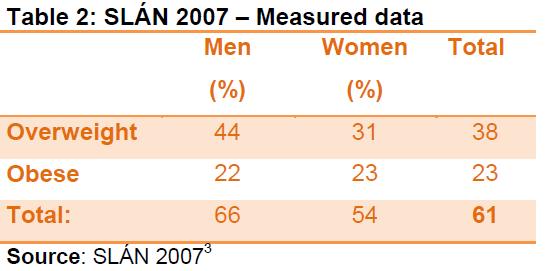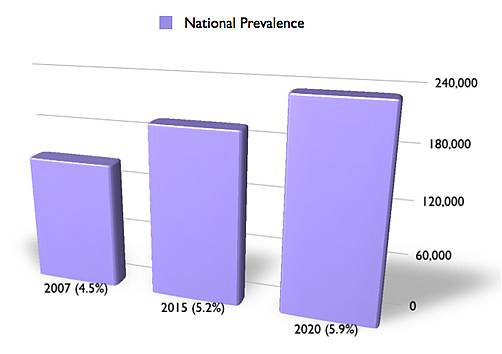Common health issues
Although the mortality decreased for cancer and for diseases of the circulatory system, for cancers, Ireland remained 2.2% above average EU mortality and was also 9% higher for mortality from smoking related diseases, many of which will be cancers. Increased morbidity and mortality are strongly related to lifestyle health determinants such as smoking, alcohol consumption, exercise and obesity. So for that matter there is still a lot of work to do for a dietician.
Cancer
Cancer is a common disease. Around 29,000 new cases of cancer are diagnosed each year in Ireland. More than one in three people will develop some form of cancer during their lifetime.
The most common cancers in Ireland are:
Heart attacks
Heart attacks are also very common and one of the leading causes of death in Ireland. Each year in Ireland, an estimated 6,000 people have a heart attack. Many heart attacks that lead to death are preventable. This is because most of the risk factors can also be prevented. Risk factors for heart attacks include:
- smoking
- high-fat diet
- diabetes
- being overweight or obese
Overweight & Obesity
Obesity is recognized internationally and in Ireland as a major health concern. In Ireland, 61% of adults are overweight. For Irish children 22% (5-12 years) are overweight or obese and for Irish teenagers (13-17 years) 20 % are overweight or obese.

The prevalence of obesity in 18-64 year old adults has increased significantly since 1990 from 8% to 26% in men, and from 13% to 21% in women, with the greatest increase observed in men aged 51-64 years. These results highlight that obesity remains a major public health problem in Ireland.
Underweight
Although the problem of underweight still is underestimated, it is considered that in Ireland at any one time there are 140,000 adults at high to medium risk of disease-related malnutrition, of which over 50% are aged 65 or over. People aged 65 and over are five times more likely to be malnourished, compared to younger adults. The annual cost of disease-related malnutrition to Ireland is estimated to be 1.5 billion euro, representing over 10% of the total annual health and social care budget.
Diabetes
In the absence of a register of people who have diabetes no-one can be entirely sure how many people in Ireland live with diabetes; The Institute of Public Health estimated in 2007 that there were about 143,000 people with diabetes in Ireland and predicted that this number would increase by 37%, to 194,000 people, by 2015 and 233,000 in 2020.
More recently, in 2012, the International Diabetes Federation estimated that there are 191.380 people with diabetes in Ireland (with a prevalence of 6.1% in the population) and that by 2030 there will be 278,850 people with the condition (with a prevalence of 7.5% in the population).

Sources: Department of Health, Diabetes Federation Ireland, Health Service Executive, Irish Nutrition and Dietetics Institute, Irish Universities Nutrition Alliance, Oireachtas Library and research service
